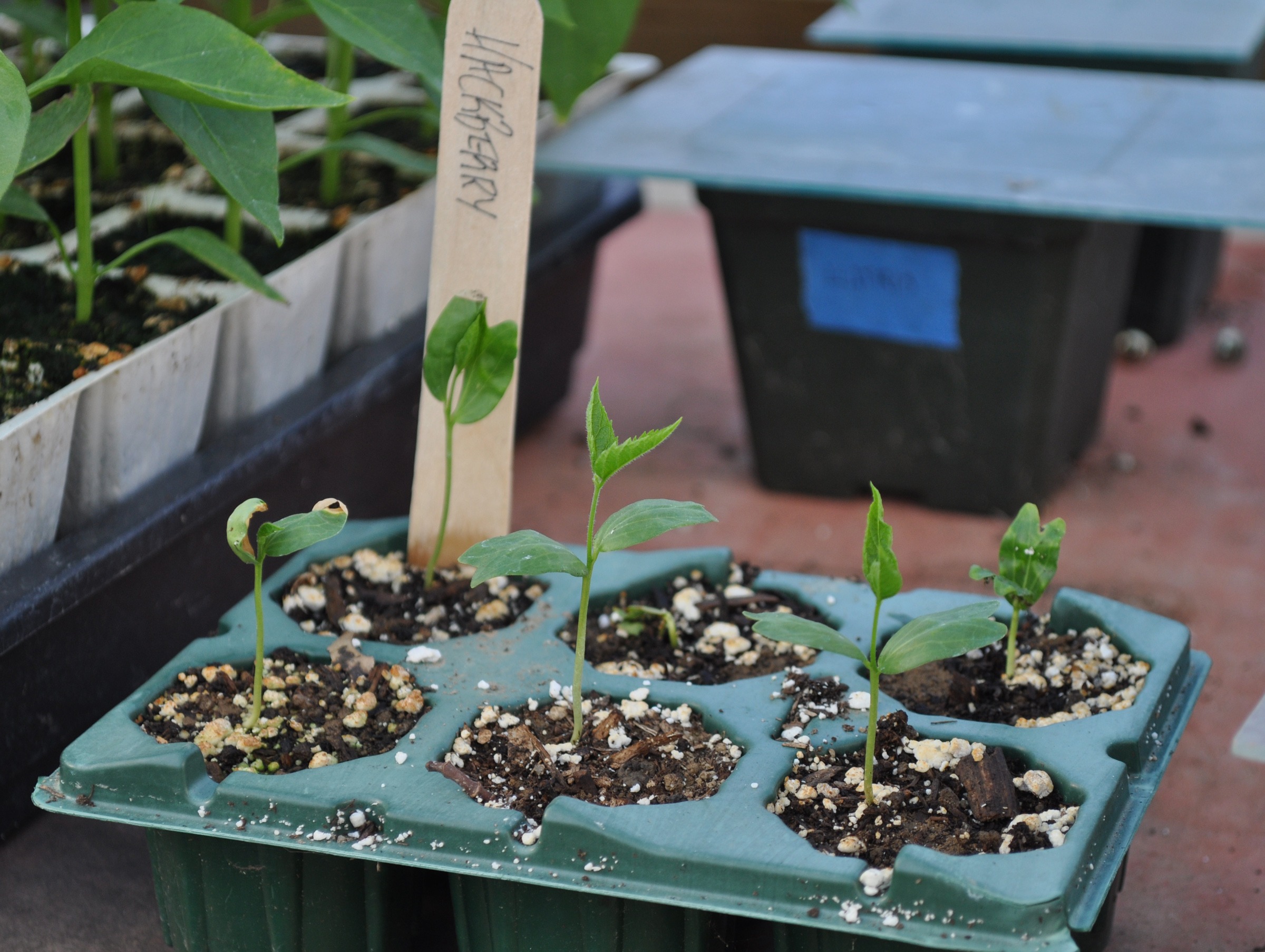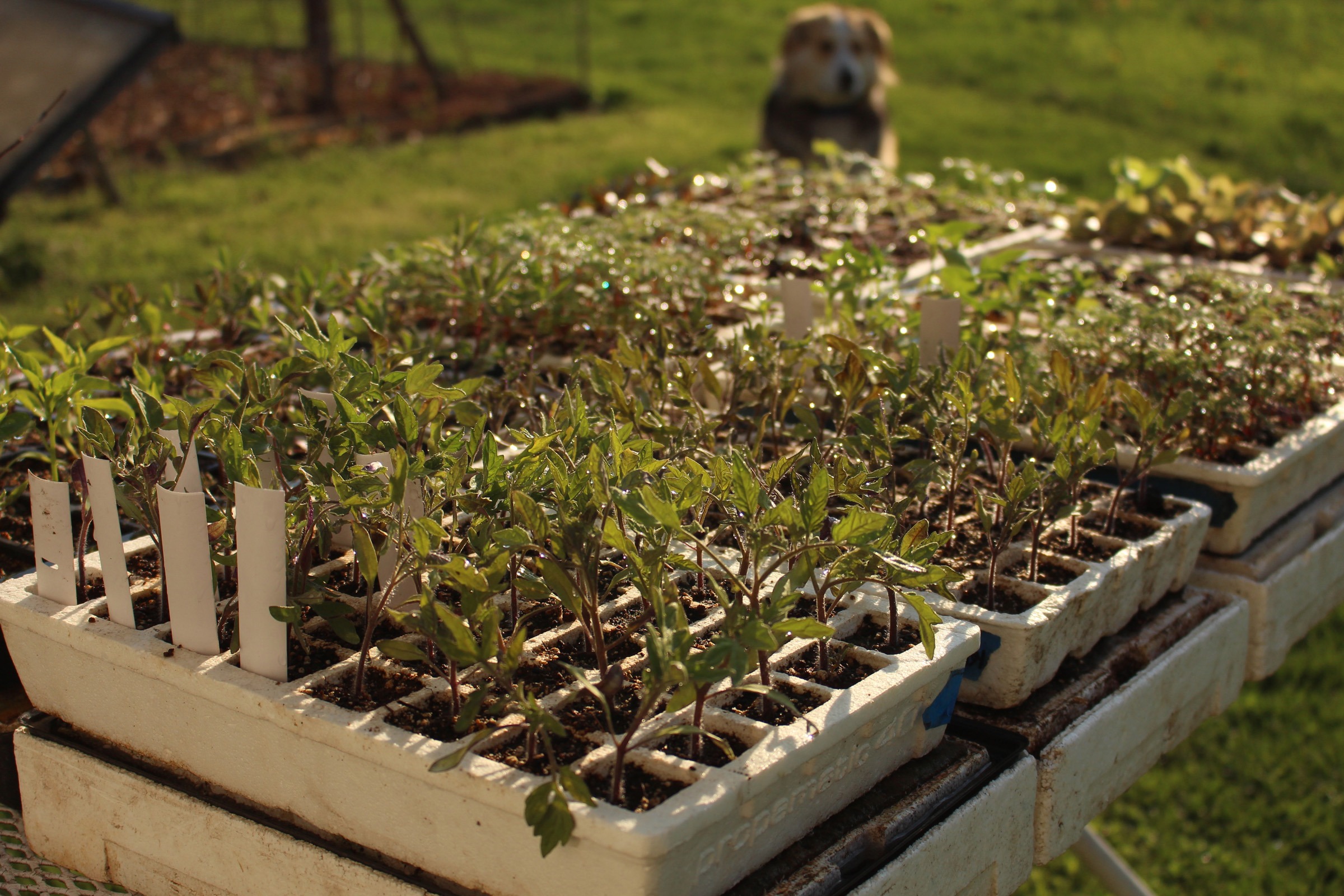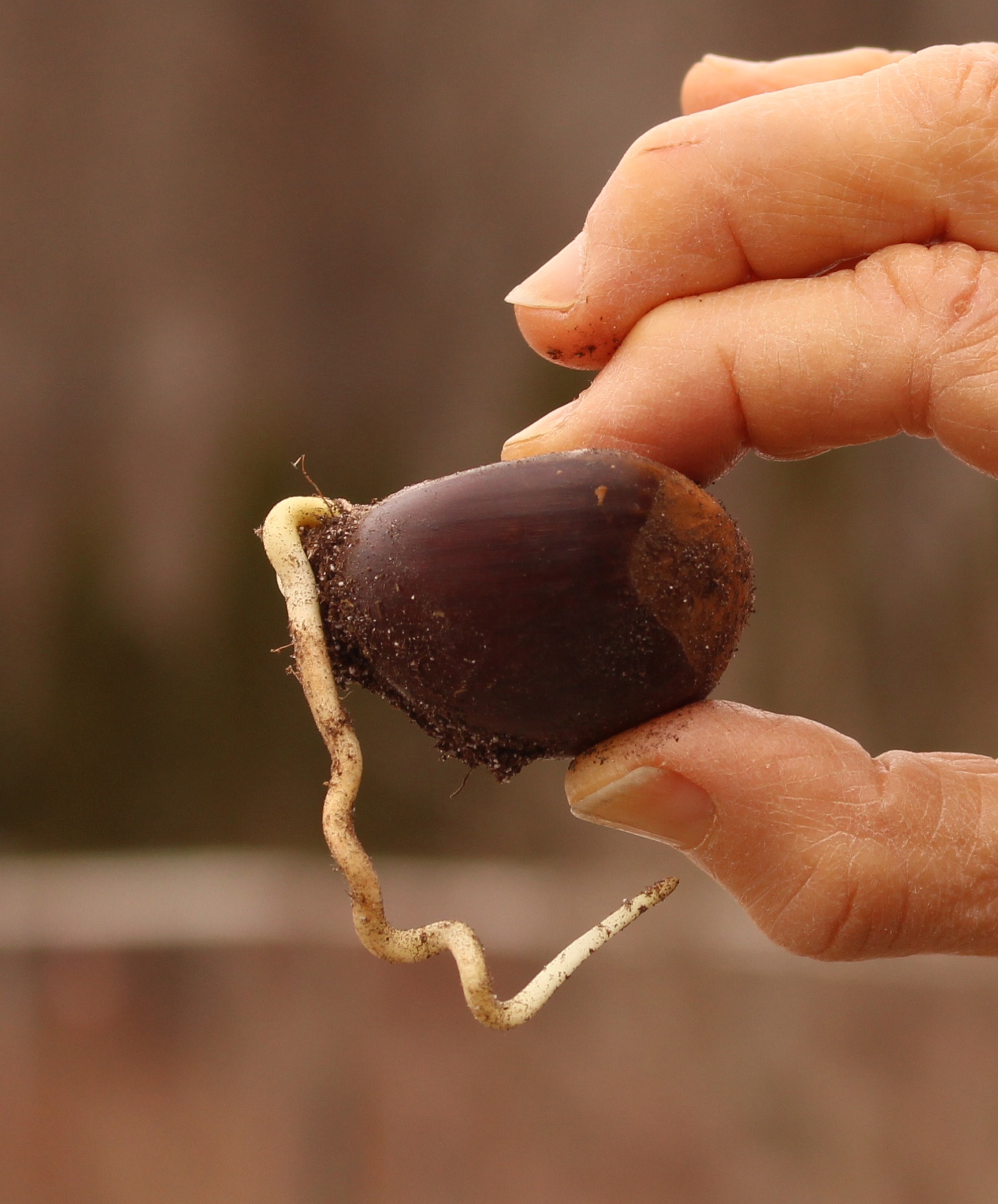I PLANTED MY FIRST SEED
/2 Comments/in Gardening/by Lee ReichMy Plant Stalled
Growing tomato plants from seed is fun, interesting, and, of course, useful. Perhaps even more fun and interesting is growing a tree from seed. And then you also get a perspective in a potentially long span of time, and a chance to reflect on your place in that spectrum.
I planted my first tree seed many, many years ago, when I had just dipped my toes into the wide ocean of gardening. I was living in a small apartment and, having just finished eating a McIntosh apple, took a look at what was left. A core and seeds. I removed one seed from the core and buried it an inch deep in a 6-inch diameter flower pot, then gave it a drink and moved it to a sunny window.

Not my first apple seedlings, but my hackberry seedlings in 2013
To my delight, the seed actually sprouted and grew to a few inches height. My vision of an old apple tree sometime offering me bushels of fruit stalled when growth of the seedling also stalled, still at a few inches height. And stayed there. Read more
WHAT’S DOING IN YOUR ‘HOOD
/4 Comments/in Design, Flowers/by Lee ReichRhododendron Death?
I don’t know if this is happening in your neighborhood, but in my neighborhood a fungus is reported to be ravaging rhododendrons. Except that it’s not a fungus. Those browning, wilting leaves are caused by cold.
This past winter, temperatures did drop a few degrees below zero Fahrenheit, but that’s pretty much par for the course these days. In years past, winter temperatures here on the farmden regularly dipped down to near minus 20 degrees Fahrenheit, which was why I was always reluctant to plant rhododendrons.
WATERING SEEDLINGS MADE EASY
/0 Comments/in Vegetables/by Lee ReichReady. Set. Go. Or Grow.
Growing seedlings indoors seems almost like a race. Of course, it has a staggered start, with onions already growing strongly and tomatoes not yet sown. Watering these seedlings is crucial: timely watering keeps them chugging along apace; two or three days of neglect might spell death.
A simple way to automatically water seedlings is to rely on the soil to draw water, as needed, via capillary action. Read more


